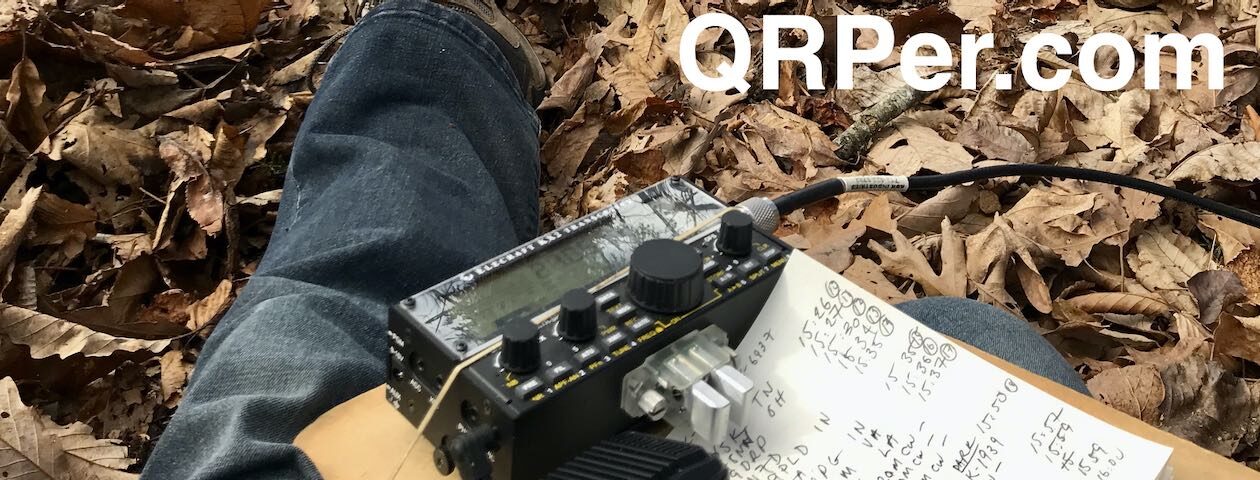 After the success of my previous day’s activation at Fort Dobbs State Historic Site, I decided to take the Icom IC-703 Plus out for yet another activation.
After the success of my previous day’s activation at Fort Dobbs State Historic Site, I decided to take the Icom IC-703 Plus out for yet another activation.
As I mentioned in the previous post, the IC-703 has not gotten a lot of outdoor time this year because I’ve had issues with the electronic keyer locking up when using the radio with end-fed antennas.
Of course, there are a number of ways to mitigate or radiate the RF that could be coming back to the radio, so at Fort Dobbs, the previous day, I used a simple common mode choke. It seemed to do the trick.
I was curious if using a common mode choke might be the only solution needed to solve this problem, or if I’d need to perform a mod to my IC-703.
I was ready to test the IC-703 again.
I had a fair amount of antenna options in the trunk of my car, so on the way to Tuttle Educational State Forest (on Friday, October 7, 2022), I considered a few options to shake things up a bit.
Since I was feeling comfortable that the common mode choke was taking care of things, I decided to push the limit a bit and deploy an end-fed random wire antenna. I didn’t have any of my mini portable 9:1 random wire antennas in the car (PackTenna, Tufteln, etc.), but I did have another solution: the Chameleon MPAS Lite.
The cool thing about the CHA MPAS Lite is that while it’s primarily designed to be a vertical antenna with counterpoise, it can be reconfigured and deployed a number of ways including as a simple end-fed random wire antenna.
After giving it some thought, I decided it might be fun to deploy it as an inverted V random wire. In fact, here’s a diagram from the MPAS Lite manual of exactly what I planned to do.
I’d be using the MPAS Lite counterpoise as the radiator, so I wouldn’t have the optional second counterpoise as seen in the illustration above. That’s okay, though, because I was feeding the antenna with Chameleon’s 50′ RG-58C/U cable with in-line choke; the shield of the coax would act as the antenna counterpoise.
This is the same coax cable I used the previous day. Continue reading POTA Plan C: Swapping antennas and rigs at Tuttle Educational State Forest











